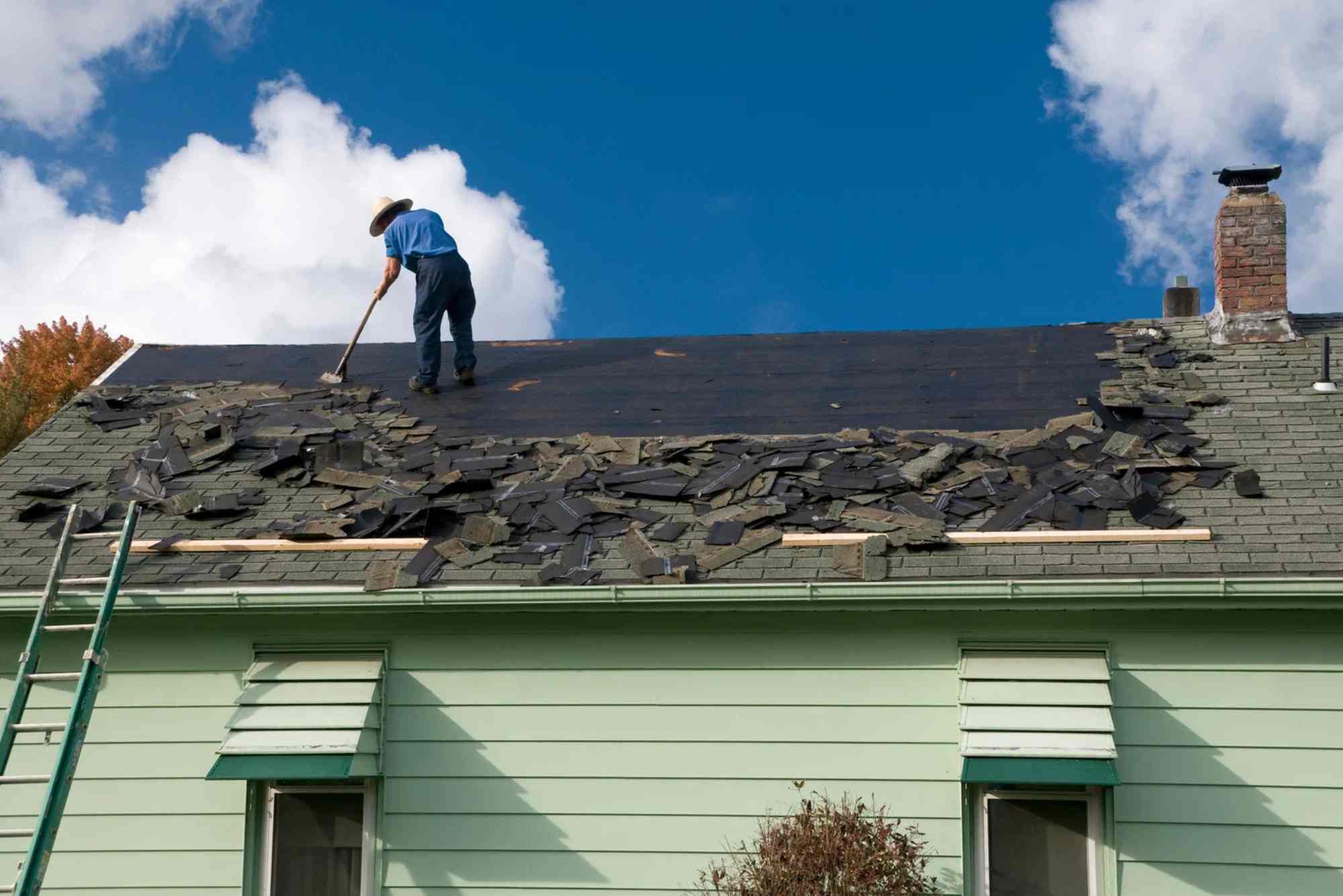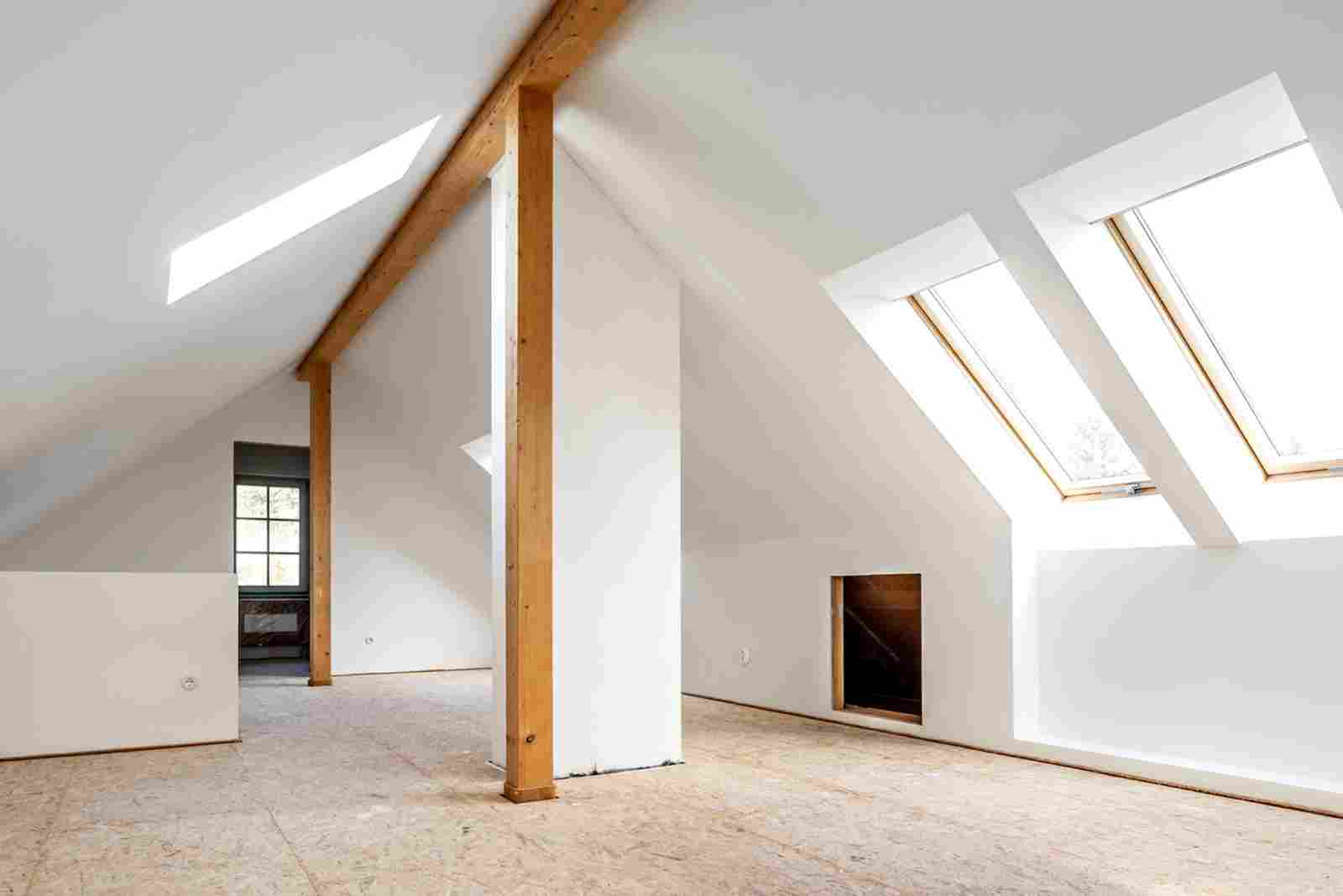When considering improvements to your home, loft boarding is a popular option to maximize space and create extra storage. However, if you are a homeowner, you may wonder whether adding loft flooring or boarding your loft can affect your home insurance policy. The concern is valid, as many insurance policies have specific clauses regarding home modifications, and not all changes are covered. This article will explore the potential risks associated with loft boarding, how it may impact your home insurance, and what steps you can take to ensure your coverage remains intact.
Understanding Loft Boarding and Loft Flooring
What is Loft Boarding?
Loft boarding refers to the process of installing boards on the floor of your attic or loft space. This is typically done to create extra storage, improve accessibility, and make use of unused space. The boards can be laid over the existing ceiling joists, providing a stable surface for storage. While loft boarding is relatively straightforward, it requires some attention to detail, as improper installation can lead to safety hazards.
What is Loft Flooring?
Loft flooring is often confused with loft boarding, but there are differences between the two. Loft flooring typically involves more extensive work than simply boarding the loft. It may include the installation of a more robust subfloor, insulation, and the addition of proper ventilation. Loft flooring is usually done when homeowners wish to convert the loft into a usable room or living space.
The Impact of Loft Boarding on Home Insurance
Does Loft Boarding Void Home Insurance?
The short answer is that loft boarding does not automatically void your home insurance policy. However, there are important considerations to keep in mind. Homeowners who choose to board their loft space need to be cautious about how the modification is performed. If the boarding is done improperly or without informing the insurance provider, it may lead to complications in the event of a claim.
Types of Risks Involved in Loft Boarding
The primary risks associated with loft boarding include the structural integrity of the property and safety concerns. Loft flooring can change the weight distribution of the house, which may cause strain on the ceiling joists and other structural elements. If this leads to a collapse or damage, the homeowner may be held responsible for repairs, especially if the modification was not approved by the insurance company.
Additionally, loft boarding may obstruct critical parts of the building, such as water tanks or electrical wiring. If something goes wrong and the damage is related to these modifications, your home insurance company could refuse to cover the cost of repairs.
How Loft Boarding Affects Your Insurance Policy
Most home insurance policies have clauses that require homeowners to inform their insurer of any structural modifications to the property. This includes changes like loft boarding and loft flooring. If you fail to notify your insurance company, they may refuse to cover any claims related to damage that occurred after the modification.
Some insurers may consider loft flooring and boarding to be non-structural modifications, but this depends on the specific terms of your policy. If the modification affects the overall structure of your home or introduces a risk that was not previously accounted for, the insurer may require an update to your policy or charge higher premiums.
Insurance Adjustments After Loft Boarding
In many cases, insurance companies will require a structural assessment after loft boarding is done. They may want to ensure that the loft is safe, that it does not present additional risks to the property, and that the modification does not affect the integrity of the building. In some cases, your insurer may even request that the work be done by a professional contractor to ensure it meets safety standards.
How to Ensure Loft Boarding Does Not Void Your Insurance
Inform Your Insurance Provider
If you plan to board your loft or install loft flooring, it is essential to inform your insurance provider before you begin any work. This helps you understand whether the modification will impact your coverage and what steps you need to take to maintain it. Some insurers may even offer advice on how to perform the work to minimize risks.

Professional Installation
Another way to ensure that loft boarding does not void your insurance is by hiring professionals to carry out the work. Many home insurers will accept modifications done by certified professionals, as these contractors are more likely to follow safety guidelines and avoid common mistakes that could lead to problems later on.
Review Your Policy Regularly
It is always a good idea to review your home insurance policy regularly, especially after making any changes to your property. This will ensure that your coverage is up to date and reflects the true value of your home, taking into account any alterations such as loft flooring or loft boarding.
Risks of Not Disclosing Loft Boarding to Your Insurance Provider
Denied Claims
If your insurer is not notified of the loft boarding or loft flooring, and you later experience damage, your insurer may deny your claim. This could be problematic if the damage is directly related to the modification you made, such as structural issues caused by overloading the loft.
Increased Premiums
Even if your insurer approves the loft boarding or flooring, they may adjust your premiums to reflect the increased risk. This is especially true if your home is older or if the work has introduced new risks. While your premium may increase, it’s still preferable to have insurance coverage than to risk having no coverage at all.
What to Do if Loft Boarding Affects Your Home Insurance
If you have already completed loft boarding or loft flooring and are concerned about how it might impact your home insurance, here are a few steps to take:
Contact Your Insurer Immediately
If you have not yet informed your insurance provider about the changes, contact them as soon as possible. Provide them with details of the work done and ask if it affects your policy. In many cases, your insurer may simply update your policy to reflect the changes.
Provide Documentation of Work Done
If you hired professionals to complete the loft flooring or boarding, provide your insurer with documentation such as invoices, receipts, or certification of the work completed. This will show that the modifications were done correctly and safely.
Seek Alternative Insurance if Necessary
If your insurer is unwilling to cover your home or increases premiums too much, it may be worth exploring other insurance providers. Some insurers specialize in covering homes with loft boarding or other modifications, and they may offer more favorable terms for homeowners.
Risks and Solutions for Loft Boarding and Insurance
| Issue | Description | Solution | Impact on Insurance |
|---|---|---|---|
| Structural Integrity | Loft boarding may cause damage to ceiling joists if the weight is not properly distributed | Hire a professional to ensure proper installation | Unapproved structural modifications can lead to claims being denied |
| Obstruction of Critical Systems | Loft boarding may block access to important systems like water tanks or wiring | Ensure these systems remain accessible or relocate them if necessary | Insurers may refuse coverage if critical systems are obstructed |
| Increased Weight Load | The additional weight of loft flooring or boarding could weaken existing structures | Use lightweight materials or consult a structural engineer | May increase premiums or require structural assessments from insurers |
| Lack of Disclosure | Not informing your insurer about the loft boarding modifications | Always notify your insurance provider before any work | Failure to inform the insurer can result in claim denial or policy cancellation |
| Potential for Hazardous Work | DIY loft boarding may not meet safety standards | Hire professionals to carry out the work according to safety guidelines | Poor workmanship or unsafe modifications may lead to liability issues |
| Increased Fire Risk | Loft modifications may alter fire safety measures in the house | Install fire-resistant materials and ensure fire safety is not compromised | Failure to follow fire safety guidelines can lead to insurance complications |
In summary, loft boarding and loft flooring do not automatically void your home insurance, but they can impact your coverage if not handled correctly. By informing your insurer of the modifications, hiring professionals to complete the work, and reviewing your policy regularly, you can ensure that your home remains covered. Always prioritize safety when undertaking any home improvements and remember that transparency with your insurer is crucial to maintaining adequate protection.








